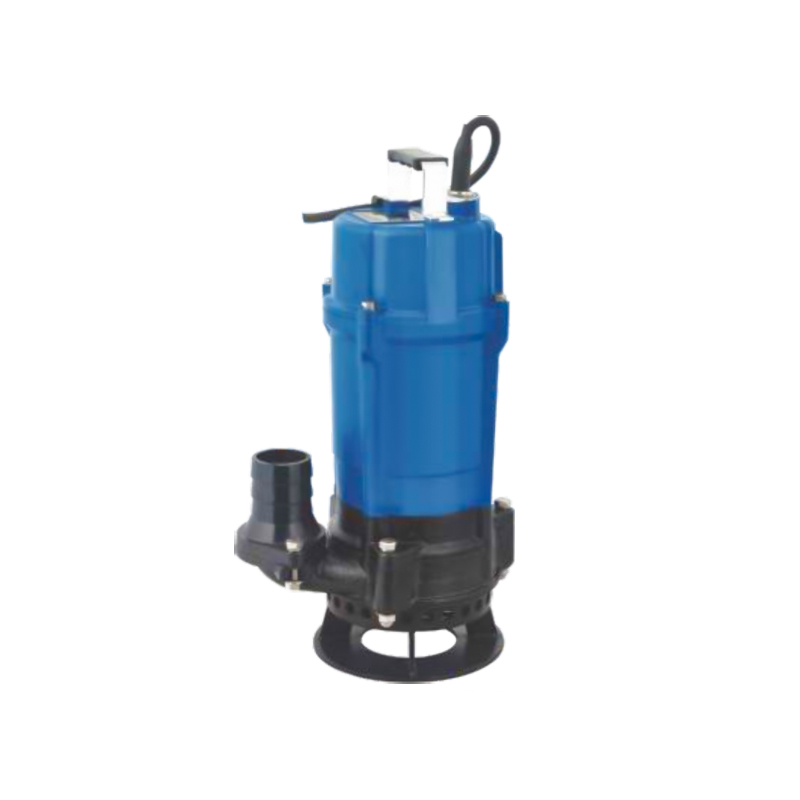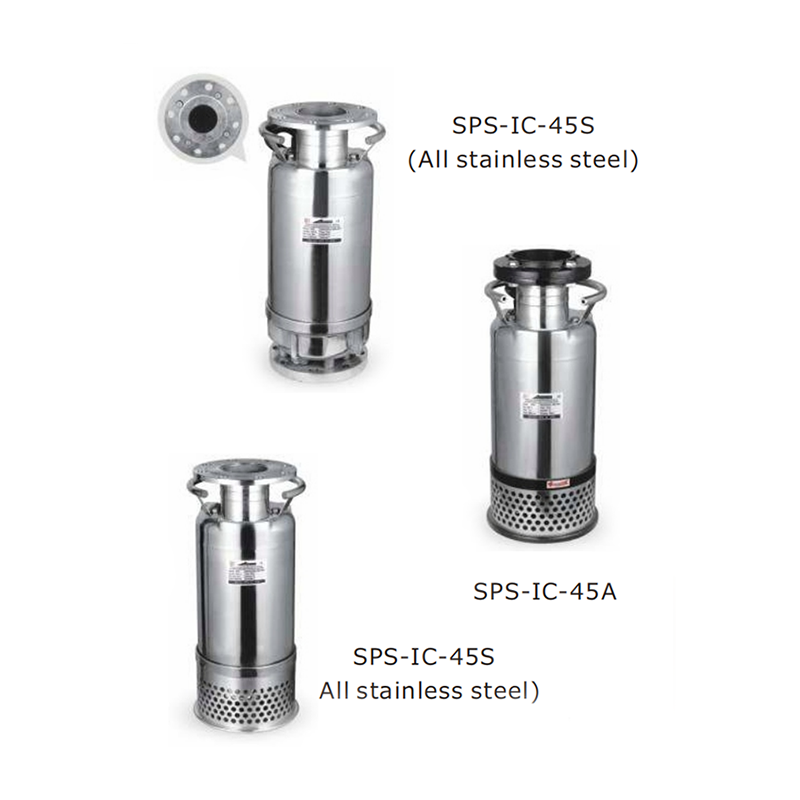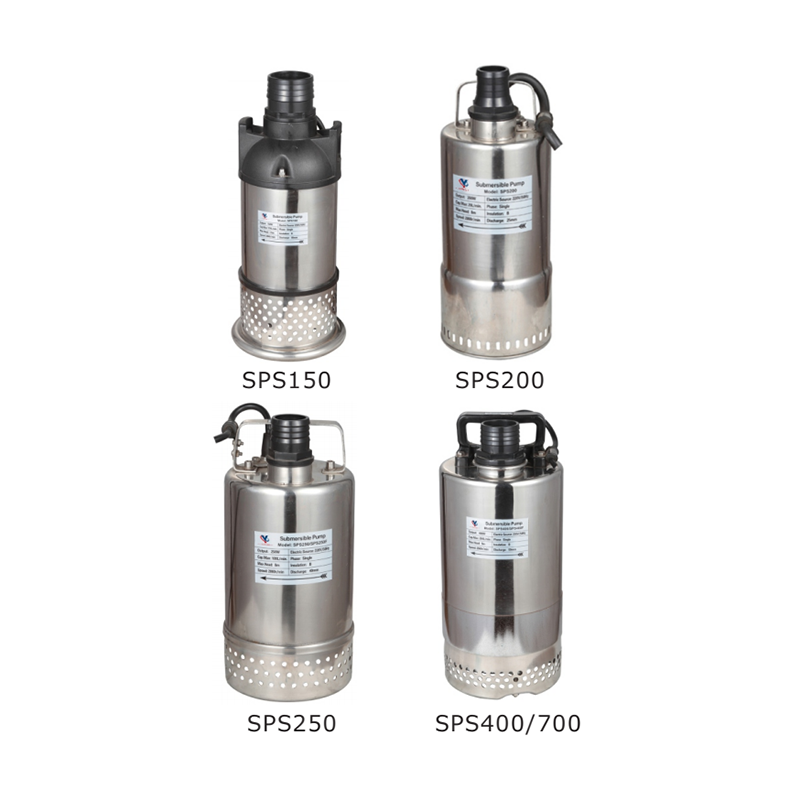 |
 |
Centrifugal pumps are widely used across various industries due to their ability to transfer fluids efficiently and reliably. These pumps operate on the principle of centrifugal force, which allows them to move liquids through a system with small energy consumption.
Centrifugal pumps operate by converting rotational energy, typically from an electric motor, into kinetic energy and then into fluid energy. The process begins with an impeller, a rotating component with vanes that spins within the pump casing. As the impeller rotates, it draws fluid into the center of the casing. The fluid is then accelerated outward by the impeller's vanes, creating a centrifugal force that moves the fluid through the casing and out through a discharge port.
The design of the impeller and the casing plays a crucial role in the pump's efficiency. The impeller's shape and size determine the amount of fluid that can be moved and the pressure generated. The casing, often referred to as the volute, is designed to capture the kinetic energy from the impeller and convert it into pressure energy, which helps to move the fluid through the system.
Centrifugal pumps come in various types, each designed to meet specific requirements and applications. Some common types include:
 |
 |
End-suction pumps are the more common type of centrifugal pump. They are designed to draw fluid in through an inlet on one end of the pump and discharge it through an outlet on the side. These pumps are versatile and can handle a wide range of flow rates and pressures, making them suitable for applications such as water supply, irrigation, and general industrial use.
Multistage centrifugal pumps consist of multiple impellers and casings arranged in series. Each stage adds to the total pressure generated by the pump, making it ideal for applications requiring high pressure, such as in high-rise building water supply systems or industrial processes that require significant fluid pressure.
Submersible pumps are designed to operate underwater. They are often used in applications where the pump needs to be placed directly into the fluid, such as in wells, sumps, or flood control systems. These pumps are equipped with a motor that is sealed to prevent water ingress, allowing them to operate efficiently in submerged conditions.
Centrifugal pumps are extensively used in industrial settings for transferring fluids in manufacturing processes, cooling systems, and wastewater treatment plants. Their ability to handle large volumes of fluid and their relatively low maintenance requirements make them ideal for continuous industrial operations.
Centrifugal pumps are used to move water from reservoirs to distribution networks. They are also commonly used in agricultural irrigation systems, where they can efficiently transfer water from wells or storage tanks to fields.
Centrifugal pumps play a crucial role in the plumbing systems of commercial and residential buildings. They are used to provide water pressure for domestic use, fire protection systems, and heating, ventilation, and air conditioning (HVAC) systems.
Proper maintenance is essential for ensuring the longevity and efficiency of centrifugal pumps. Regular inspections should be conducted to check for wear and tear on the impeller, casing, and seals. Common maintenance tasks include cleaning the pump to remove debris, replacing worn parts, and ensuring that the motor is operating efficiently.
One of the more critical aspects of maintaining a centrifugal pump is ensuring that it operates within its designed parameters. Overloading the pump or operating it outside its specified range can pilot reduced efficiency and potential damage. Additionally, monitoring the fluid being pumped can help prevent issues such as cavitation, which can occur when the pump operates at low suction pressure.
Centrifugal pumps are versatile and efficient tools for transferring fluids in a wide range of applications. Their simple design, ease of maintenance, and ability to handle various flow rates and pressures make them a popular choice in industrial, agricultural, and building service sectors.



 English
English русский
русский عربى
عربى







